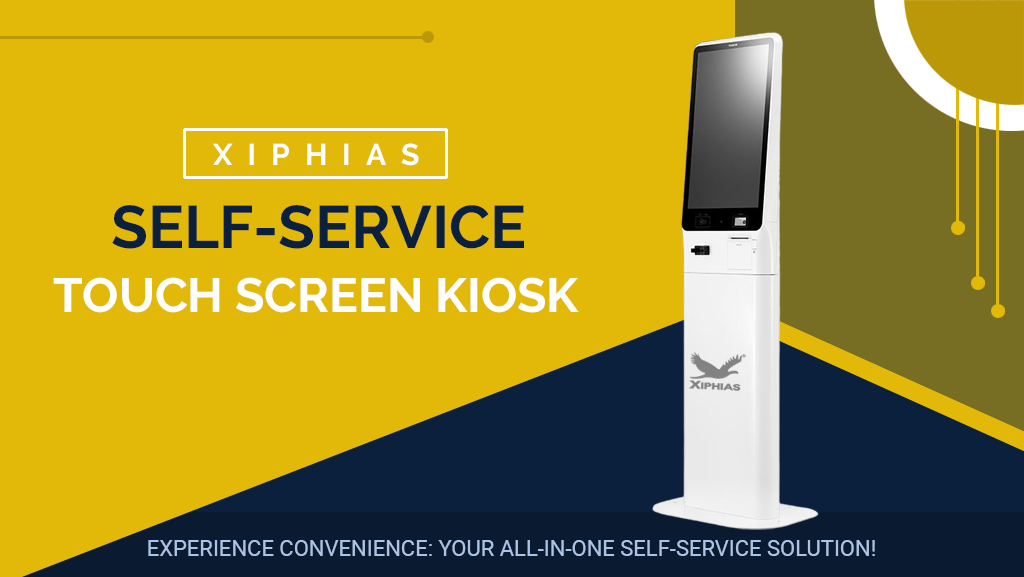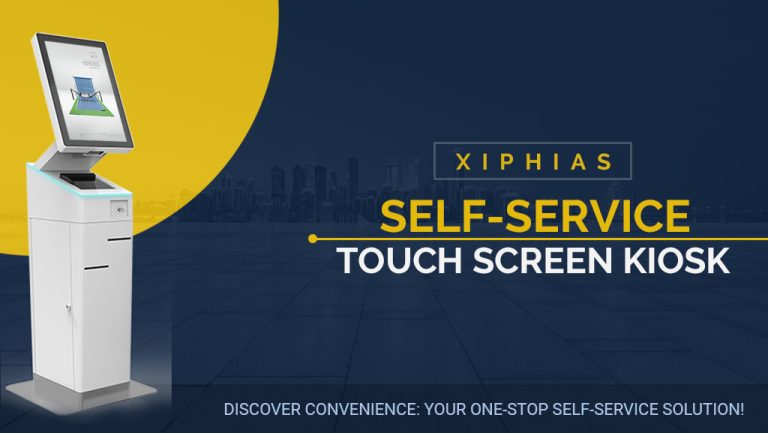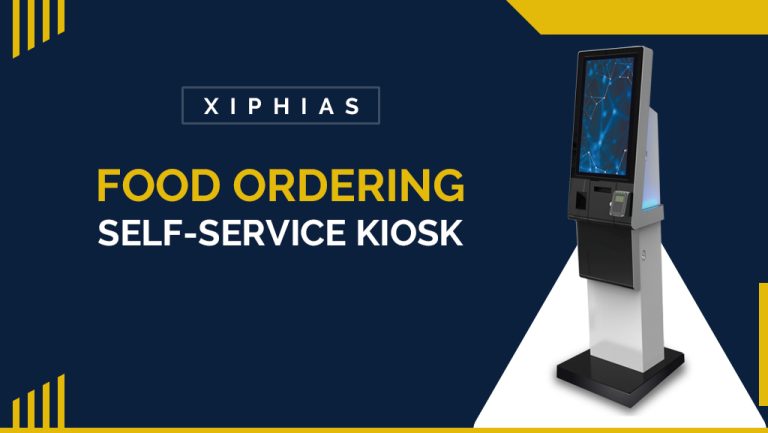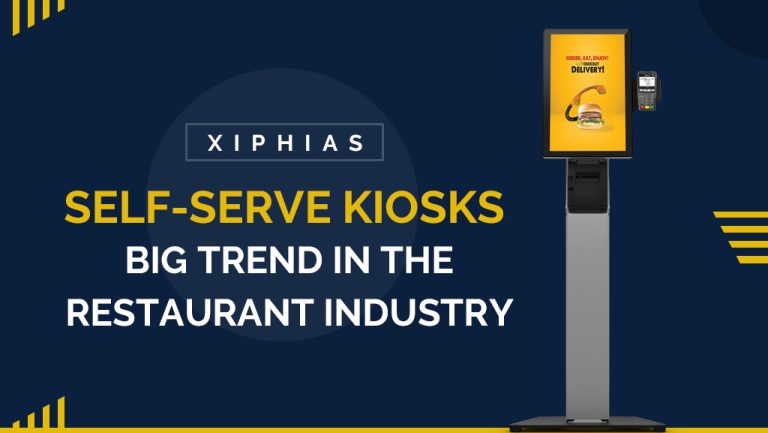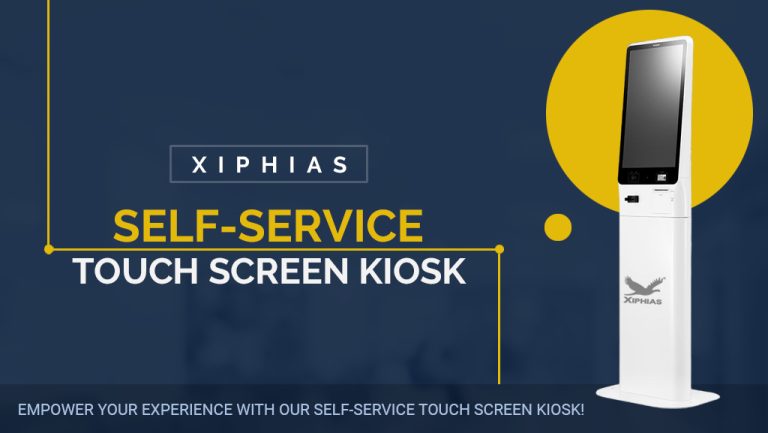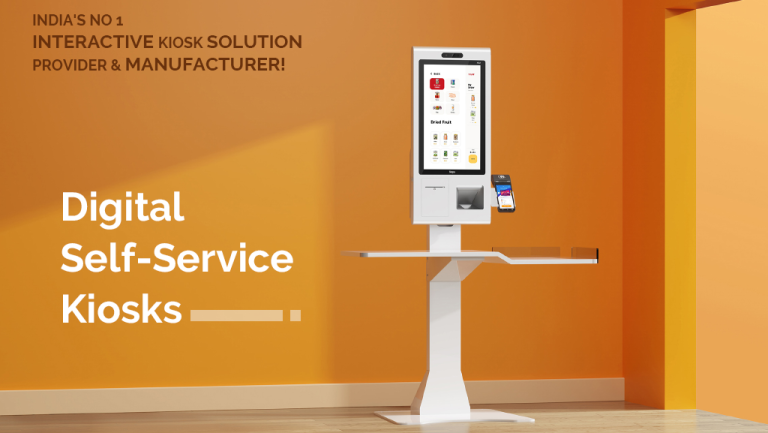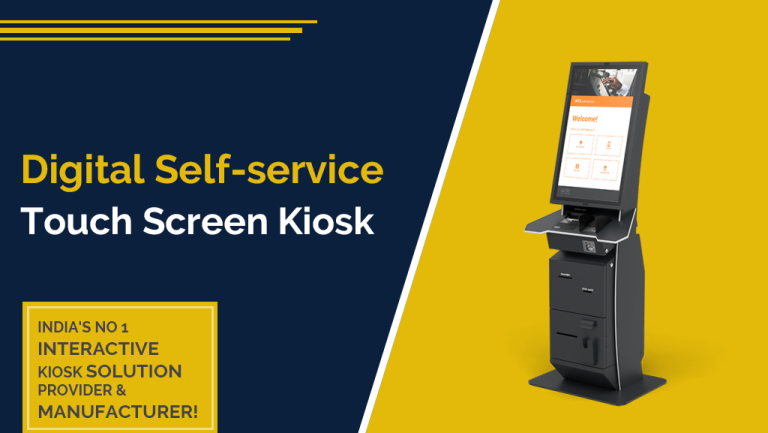What Types of Businesses Use Self-Service Kiosks?
Self-service kiosks are revolutionizing how businesses operate across industries. These automated machines allow customers to complete various tasks independently, improving operational efficiency and reducing waiting times. Businesses use self-service kiosks to enhance customer experiences, cut costs, and streamline services. Let’s explore the types of businesses that most commonly use self-service kiosks and how they benefit.
1. Retail Stores
Retail stores frequently employ self-service kiosks to speed up the checkout process. Customers can scan products, apply discounts, and make payments without waiting for a cashier. These kiosks reduce long checkout lines, increase transaction speed, and provide a smoother shopping experience. Retailers also benefit from reduced staffing needs, especially during peak shopping periods. In addition, kiosks can serve as information hubs, helping customers find products or check prices, contributing to overall operational efficiency.
2. Restaurants and Fast Food Chains
Restaurants and fast food chains increasingly use self-service kiosks to streamline the ordering process. Customers can browse menus, customize orders, and make payments directly through the kiosk. These systems help reduce the number of errors that often occur with manual order taking. Kiosks also allow restaurants to process more orders during busy periods, reducing wait times. In addition, they can display promotional items, upsell, and offer recommendations to customers, boosting revenue while improving customer experience.
3. Airports and Transportation Hubs
Self-service kiosks are a staple at airports and transportation hubs. These kiosks enable passengers to check in, print boarding passes, and tag their luggage, significantly speeding up the boarding process. This reduces congestion at counters, allowing staff to focus on complex issues rather than routine tasks. Transportation kiosks also provide access to real-time travel information, allowing passengers to stay informed about delays or schedule changes. Some kiosks also assist with booking tickets or upgrading seats, offering greater flexibility to travelers.
4. Healthcare Facilities
Healthcare facilities are increasingly adopting self-service kiosks to streamline patient check-ins and administrative processes. Patients can use these kiosks to check in for appointments, update their information, and make payments. This reduces wait times, enhances the flow of patients, and allows healthcare staff to focus on more critical tasks. Some healthcare kiosks also assist in scheduling appointments, checking medical records, and even providing basic health assessments. These features contribute to a more efficient healthcare system and a better patient experience.
5. Banks and Financial Institutions
Banks and financial institutions utilize self-service kiosks to offer convenient banking services. Customers can perform routine transactions, such as withdrawing money, depositing checks, or transferring funds, without waiting in line for a teller. Banks benefit from reducing operational costs while extending service hours. Self-service kiosks also provide users with account information, balance updates, and even assist in opening new accounts or applying for financial products. These kiosks offer a seamless, 24/7 banking experience to customers.
6. Grocery Stores
Self-service kiosks in grocery stores have gained widespread popularity, especially in busy urban areas. Customers can scan and pay for groceries themselves, which speeds up the checkout process and reduces the need for cashiers. These kiosks are equipped with scales to weigh fresh produce, loyalty card readers, and coupon scanners to offer a comprehensive self-checkout experience. Grocery stores benefit by optimizing the checkout process, minimizing staff costs, and improving customer satisfaction by reducing wait times.
7. Movie Theaters and Entertainment Venues
Movie theaters and entertainment venues rely on self-service kiosks to handle ticket sales and concessions. Customers can select seats, purchase tickets, and even order snacks and beverages from kiosks, eliminating long wait lines. These systems provide real-time seat availability, promotions, and showtimes, offering a more personalized experience. Self-service kiosks also help theaters increase their operational efficiency during high-traffic periods, such as movie premieres, while reducing labor costs.
8. Hotels and Resorts
The hospitality industry is embracing self-service kiosks to enhance guest services. Hotels use kiosks for check-ins, key retrieval, and check-outs, allowing guests to bypass the front desk. This provides a quicker, more seamless experience for guests who value time and convenience. Guests can also use kiosks to access hotel services, such as booking spa appointments, ordering room service, or finding local attractions. Hotels benefit from improved guest satisfaction, reduced staff workload, and enhanced operational efficiency.
9. Government Offices
Government offices and public services are incorporating self-service kiosks to manage services efficiently. These kiosks enable citizens to complete tasks like renewing driver’s licenses, paying fines, or applying for permits without the need for a clerk. Self-service kiosks reduce long queues in government offices and allow the public to access services outside of standard business hours. They also provide critical information and forms, improving public access to essential services.
10. Fitness Centers and Gyms
Fitness centers and gyms use self-service kiosks to streamline member check-ins, manage memberships, and book classes. Members can check in, purchase new memberships, or even pay for personal training sessions at these kiosks. This automation helps gym staff focus on providing services rather than handling administrative tasks. Self-service kiosks also provide fitness information, display available classes, and promote special offers, enhancing the overall member experience.
11. Amusement Parks and Attractions
Amusement parks and attractions have adopted self-service kiosks for ticketing, ride reservations, and food purchases. Visitors can quickly buy entry tickets, reserve spots for popular attractions, or order meals without waiting in long lines. These kiosks reduce bottlenecks, particularly during peak season, and offer visitors more time to enjoy the park. Additionally, amusement parks use kiosks to promote events, provide park maps, and upsell premium experiences, driving additional revenue.
12. Educational Institutions and Libraries
Educational institutions and libraries are leveraging self-service kiosks to assist students and patrons. Students can use kiosks to register for classes, pay tuition fees, or obtain information about courses. Libraries use kiosks for book checkouts, returns, and fine payments, allowing patrons to access services independently. Self-service kiosks reduce administrative workloads in schools and libraries, offering a more efficient service experience.
Conclusion
Self-service kiosks are transforming the way businesses across various industries operate. From retail stores and restaurants to banks and government offices, these kiosks offer convenience, improve operational efficiency, and enhance customer experiences. As technology continues to advance, more businesses are adopting self-service kiosks to meet customer demands for faster, more efficient service delivery. The widespread use of kiosks highlights their significant impact on both businesses and consumers, offering a win-win solution for today’s fast-paced world.

